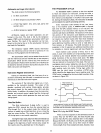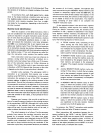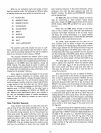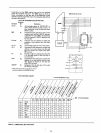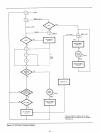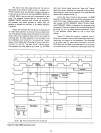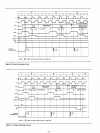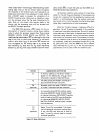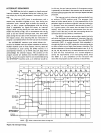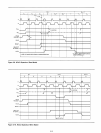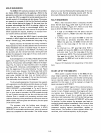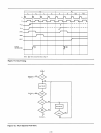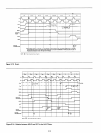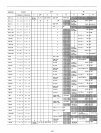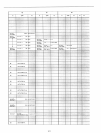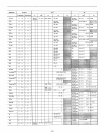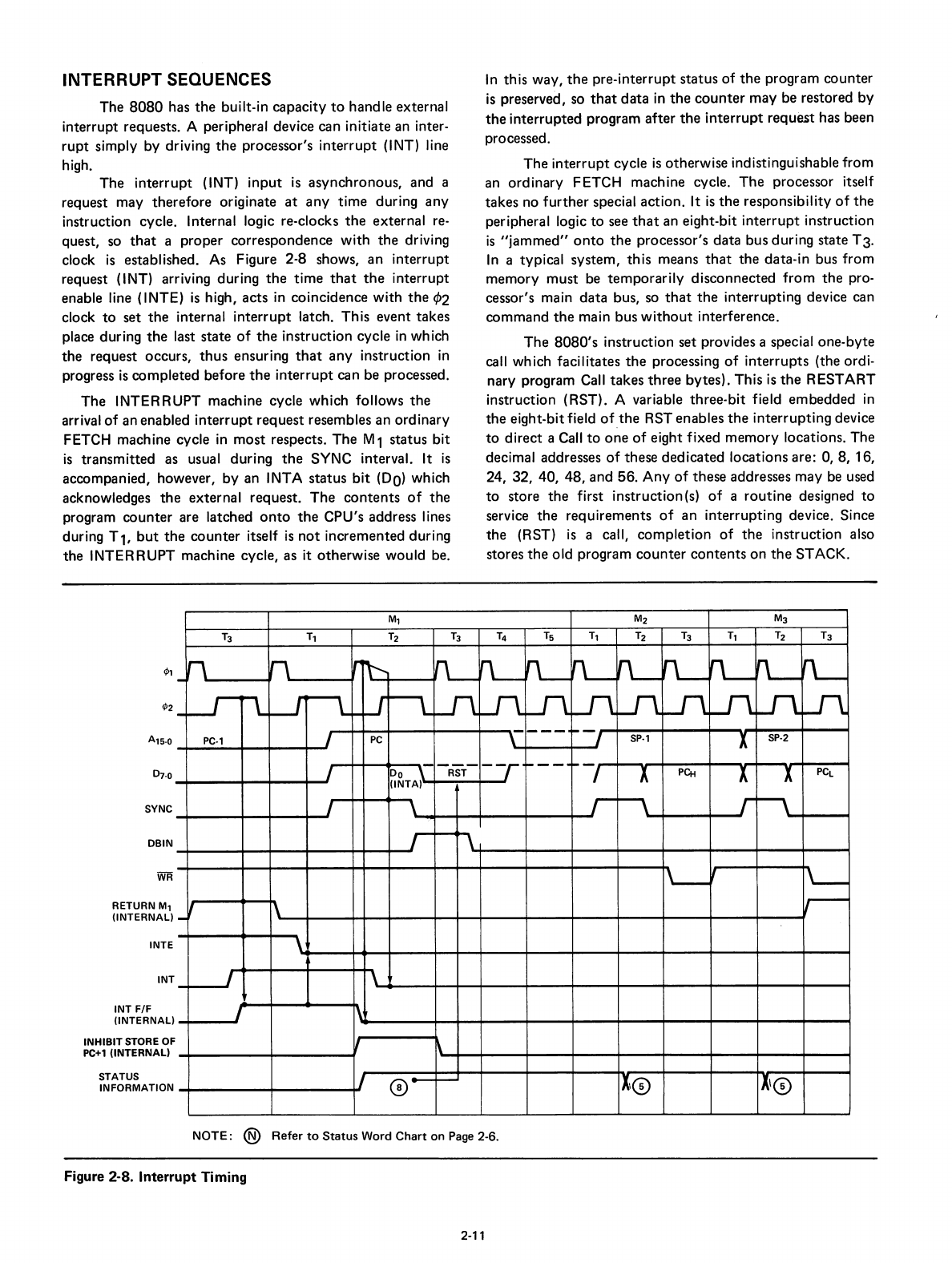
INTERRUPT SEQUENCES
The
8080
has
the
built-in
capacity
to
handle
external
interrupt
requests.
A peripheral device
can
initiate
an inter-
rupt
simply
by
driving
the
processor's
interrupt
(INT) line
high.
The
interrupt
(INT)
input
is
asynchronous,
and
a
request
may
therefore
originate
at
any
time
during
any
instruction
cycle. Internal logic re-clocks
the
external
re-
quest, so
that
a
proper
correspondence
with
the
driving
clock
is
established. As Figure
2-8
shows,
an
interrupt
request
(I
NT) arriving
during
the
time
that
the
interrupt
enable line
(I
NTE)
is
high,
acts
in
coincidence
with
the
~2
clock
to
set
the
internal
interrupt
latch.
This
event
takes
place
during
the
last
state
of
the
instruction
cycle
in
wh
ich
the
request
occurs,
thus
ensuring
that
any
instruction
in
progress
is
completed
before
the
interrupt
can
be processed.
The
INTERRUPT
machine
cycle
which
follows
the
arrival
of
an
enabled
interrupt
request
resembles
an
ordinary
FETCH
machine
cycle
in
most
respects.
The
M1
status
bit
is
transmitted
as usual
during
the
SYNC
interval. It
is
accompanied,
however,
by
an
INTA
status
bit
(DO)
which
acknowledges
the
external
request.
The
contents
of
the
program
counter
are
latched
onto
the
CPU's
address
lines
during T
1,
but
the
counter
itself
is
not
incremented
during
the
INTERRUPT
machine
cycle, as it
otherwise
would
be.
In
this
way,
the
pre-interrupt
status
of
the
program
counter
is
preserved, so
that
data
in
the
counter
may
be
restored
by
the
interrupted
program
after
the
interrupt
request
has been
processed.
The
interrupt
cycle
is
otherwise
indistinguishable
from
an
ordinary
FETCH
machine
cycle.
The
processor
itself
takes
no
further
special
action.
It
is
the
responsibility
of
the
peripheral logic
to
see
that
an
eight-bit
interrupt
instruction
is
"jammed"
onto
the
processor's
data
bus
during
state
T3.
In
a
typical
system,
this
means
that
the
data-in
bus
from
memory
must
be
temporarily
disconnected
from
the
pro-
cessor's main
data
bus, so
that
the
interrupting
device can
command
the
main
bus
without
interference.
The
8080's
instruction
set
provides a special
one-byte
call
which
facilitates
the
processing
of
interrupts
(the ordi-
nary
program
Call
takes
three
bytes).
This
is
the
REST
ART
instruction
(RST).
A variable
three-bit
field
embedded
in
the
eight-bit
field
of
.the
RST
enables
the
interrupting
device
to
direct
a Call
to
one
of
eight
fixed
memory
locations.
The
decimal addresses
of
these
dedicated
locations
are:
0, 8, 16,
24,
32,
40,
48,
and
56.
Any
of
these
addresses
may
be used
to
store
the
first
instruction
(s)
of
a
routine
designed
to
service
the
requirements
of
an
interrupting
device. Since
the
(RST)
is
a call,
completion
of
the
instruction
also
stores
the
old
program
counter
contents
on
the
STACK.
A1S-0
SYNC
DBIN
RETURN
M1
(INTERNAL)
INTE
INT
INT
F/F
(INTERNAL)
INHIBIT
STORE OF
PC+1
(INTERNAL)
STATUS
INFORMATION
M1
M2
M3
T3
T1
T2
T3
T4
Ts
T1
T2
T3
T1
T2
T3
_n
n
r~
rL
rL-
rL
"-
rL
rL-
rL-
rLrL
_---r~
U~
~U
r--L
LJl.
LIl.
J\.
J\
U\
Wl.
Lr\
.Jl..
Jl.
---
~-
pc·,
I
pc
\
I
sP·'
X
SP·2
---
--
~--
1--
Do
\
RST
X
PCH
X
X
PCl
(INTA)
I
\
I rM
\
'---'
L-
-~
\
,-
I
~
I
\
I
\
0--
-
X\@
A\@
NOTE: ® Refer
to
Status
Word
Chart
on
Page 2-6.
Figure 2-8.
Interrupt
Timing
2-11



